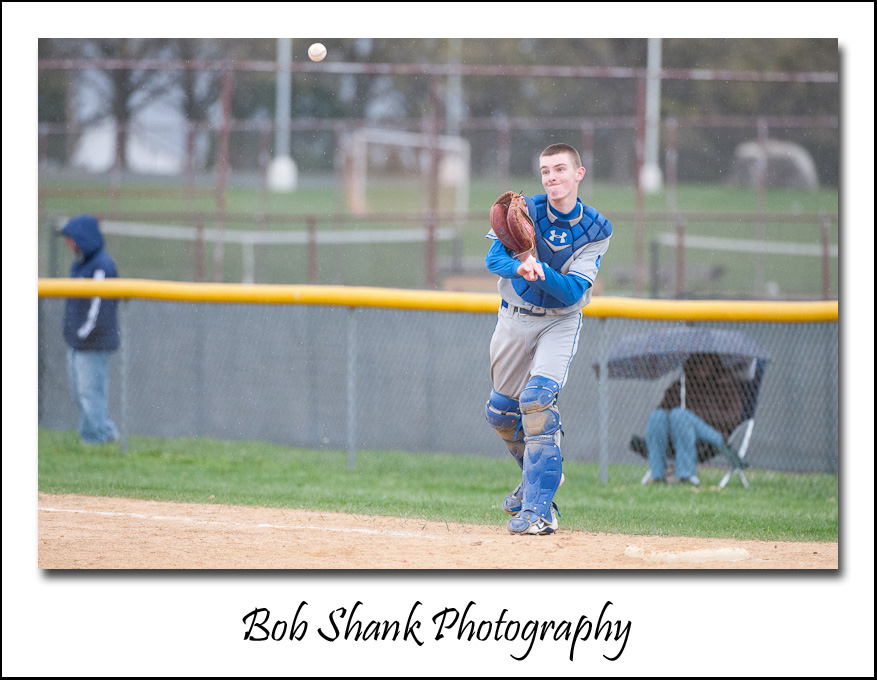In today’s crowded marketplace, where consumers are bombarded with advertisements and brand messages, storytelling has become an essential tool in brand marketing. At its core, storytelling goes beyond showcasing a product’s features—it builds an emotional connection between a brand and its audience, making it memorable, relatable, and engaging. Through stories, brands can convey their values, mission, and unique personality, transforming passive consumers into loyal advocates.
This article explores the significance of storytelling in brand marketing, why it resonates so effectively with consumers, and how businesses can craft compelling stories that enhance their brand identity.
1. Why Storytelling Matters in Brand Marketing
Storytelling in marketing is about creating a narrative that captures the brand’s essence and communicates it in a way that resonates emotionally with its audience. Unlike conventional advertisements, which focus solely on products or services, storytelling dives deeper, enabling consumers to see themselves as part of the brand’s journey.
Emotional Engagement: Humans are wired to respond to stories. When brands share a compelling story, it taps into emotions, making the brand more memorable and relevant. For instance, brands like Dove and Nike don’t just sell soap or athletic wear; they tell stories about self-confidence, resilience, and empowerment, creating a strong emotional connection with their customers.
Differentiation: In a market where many companies offer similar products, storytelling helps brands stand out. By crafting a unique narrative, brands can differentiate themselves from competitors, showcasing their values, heritage, or mission.
Brand Loyalty: Stories have the power to build relationships. When consumers feel aligned with a brand’s narrative, they’re more likely to remain loyal, turning into long-term supporters and advocates.
Storytelling, when done effectively, doesn’t feel like marketing—it feels like an experience, a conversation, or even an invitation to be part of something bigger.
2. The Elements of an Effective Brand Story
A great brand story isn’t just about showcasing the brand—it’s about creating a narrative that is both authentic and compelling. The key elements of an effective brand story include:
Relatable Characters: Every story needs characters that the audience can identify with. In brand storytelling, these characters could be the founders, employees, customers, or even the consumers themselves. By creating relatable characters, brands make their stories personal, helping customers see themselves in the narrative.
Clear Conflict or Challenge: A story without conflict or challenge lacks depth. This element is crucial, as it brings drama and relatability to the narrative. For instance, many brands share their struggles and challenges in bringing their product to market, building empathy and understanding among their audience.
Resolution and Purpose: An effective brand story offers a resolution that reflects the brand’s mission or values. Whether it’s a mission to make the world more sustainable, provide inclusive fashion, or promote healthy living, the resolution reinforces the brand’s purpose.
Consistent Tone and Voice: Consistency in tone and voice across all brand stories helps reinforce brand identity. Whether a brand chooses a lighthearted, humorous tone or a serious, mission-driven one, consistency makes the story more credible and familiar.
By incorporating these elements, brands can craft stories that resonate deeply with their audience, leaving a lasting impression that goes beyond the typical sales pitch.
3. Examples of Storytelling in Brand Marketing
Several brands have successfully leveraged storytelling to build strong connections with their audiences. Here are a few notable examples:
Nike: Known for its “Just Do It” slogan, Nike has mastered the art of storytelling by focusing on resilience, grit, and personal triumph. Its ads often feature real athletes overcoming challenges and pushing boundaries, inspiring audiences to do the same.
Airbnb: Airbnb tells stories that highlight unique experiences of guests and hosts, showcasing diverse destinations and personal journeys. By focusing on these stories, Airbnb creates an emotional appeal that positions it as more than just a booking platform—it becomes a gateway to connection and exploration.
Apple: Apple’s storytelling is centered on innovation and individuality. Rather than just selling tech products, Apple tells stories about how its technology enables creativity, expression, and connection, appealing to consumers who see themselves as creative and forward-thinking.
These brands use storytelling to communicate their identity, build an emotional bond with consumers, and strengthen brand loyalty, making them more than just product providers—they become part of consumers’ lives.
4. How Storytelling Enhances Brand Identity
Storytelling plays a vital role in shaping and communicating brand identity. Here’s how storytelling enhances brand perception and identity:
Showcasing Core Values: Through stories, brands can convey their core values, such as integrity, innovation, or community. For instance, Patagonia, a brand known for its environmental commitment, frequently shares stories about its sustainability initiatives and eco-friendly products, aligning its brand identity with environmental values.
Creating Brand Legacy: Storytelling can also reinforce a brand’s legacy or heritage. Brands with a long history, like Levi’s or Coca-Cola, use stories about their origins and legacy to add depth to their identity, reminding consumers of their journey and long-standing reputation.
Fostering Trust: Consumers want to buy from brands they trust. Storytelling humanizes a brand, making it more relatable and trustworthy. By sharing authentic stories, brands can show their dedication to quality, ethics, and social responsibility, fostering a stronger relationship with consumers.
When consumers feel that a brand stands for something meaningful, they are more likely to support it and develop a sense of loyalty that goes beyond products and services.
5. Tips for Crafting a Compelling Brand Story
To create a story that resonates with consumers and strengthens brand identity, here are a few essential tips:
Keep it Authentic: Authenticity is key. Today’s consumers can easily spot inauthentic messages, so it’s crucial for brands to stay true to their values and principles. Avoid exaggeration or fabricating stories; instead, focus on genuine narratives that reflect the brand’s identity.
Know Your Audience: The best stories are tailored to the audience’s interests, values, and needs. Understanding the target audience helps brands craft messages that are relevant and impactful, fostering a stronger connection.
Use Visuals to Enhance the Story: Visual elements like images, videos, and infographics can bring stories to life. Platforms like Instagram, YouTube, and TikTok are especially powerful for visual storytelling, allowing brands to connect with audiences on a sensory level.
Make it Emotional: Stories that evoke strong emotions—whether happiness, nostalgia, or inspiration—are more likely to stick. Use emotions strategically to create memorable experiences that audiences will want to share.
Be Consistent Across Channels: Whether it’s on social media, websites, or advertisements, brand stories should have a consistent tone and message. Consistency reinforces brand identity and helps build recognition and familiarity.
By following these tips, brands can craft stories that captivate audiences and create a memorable brand image that stands out in a crowded market.
6. The Impact of Storytelling on Consumer Behavior
Effective storytelling can significantly influence consumer behavior. When consumers connect with a brand’s story, they are more likely to:
Make Purchase Decisions: Storytelling can provide the context that pushes consumers from consideration to purchase, as it gives them a reason to connect with the brand on an emotional level.
Engage with the Brand: Consumers who relate to a brand’s story are more likely to engage with it, sharing content, leaving positive reviews, and spreading the brand message through word-of-mouth.
Develop Brand Loyalty: A strong brand story can foster long-term loyalty, making consumers more likely to return and even become advocates for the brand. For instance, customers who resonate with the story of a sustainable brand are more likely to stay loyal due to shared values.
Through storytelling, brands can foster a deeper connection with their audience, influencing their behavior and enhancing brand loyalty in the process.
Conclusion
Storytelling has become a cornerstone of modern brand marketing from sites like The Marketing Heaven, transforming the way companies communicate with their audiences. By moving beyond traditional marketing messages, storytelling allows brands to create connections that are personal, meaningful, and memorable. It gives brands the opportunity to showcase their values, mission, and vision in a way that resonates emotionally with consumers.
In a competitive market, where consumers have endless choices, brands that master the art of storytelling will continue to stand out. Through relatable characters, authentic messages, and emotional resonance, storytelling builds trust, drives engagement, and ultimately strengthens brand loyalty. For brands willing to invest in authentic narratives, storytelling is not just a marketing tool—it’s a powerful vehicle for shaping brand identity and creating lasting relationships with consumers.









